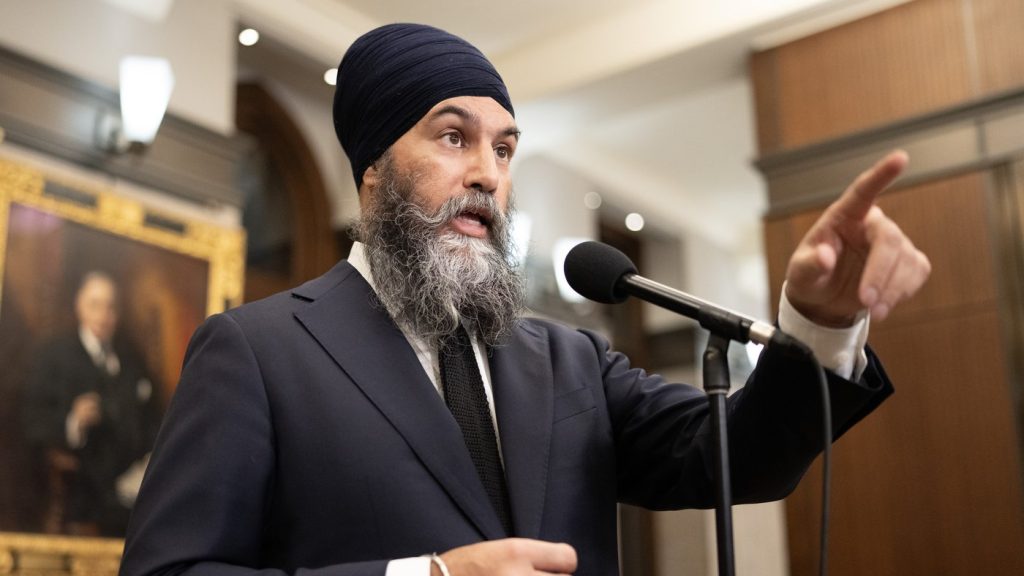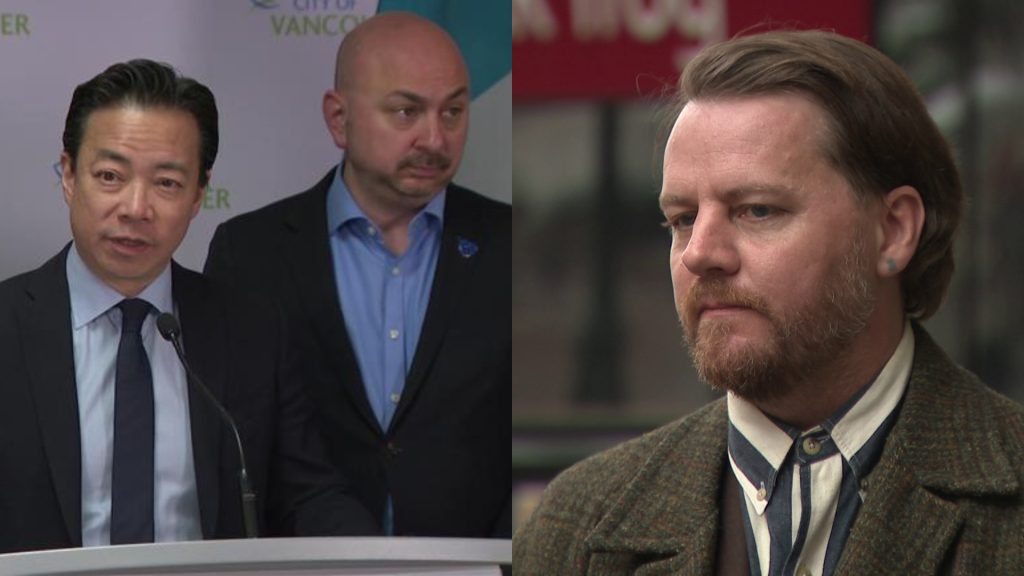Report on thousands of illicit drug deaths in B.C. makes case for safe supply

Posted March 9, 2022 9:21 am.
Last Updated March 9, 2022 6:33 pm.
A new report ordered by the BC Coroners Service has found the increasingly toxic and unpredictable illicit drug supply in the province was the primary cause of death in 6,007 fatalities between 2017 and 2021.
Illicit drug toxicity is the leading cause of unnatural death in B.C., more than homicides, suicides, motor vehicle incidents, drownings and fire-related deaths combined, according to the report.
B.C.’s chief coroner has sent three recommendations to the relevant ministries and organizations, which include an Illicit Drug Toxicity Action Plan as well as an evidence-based continuum of care.
The chair of the death review panel says expanding the access to safe supply is the first place to start, but it must be a three-pronged approach in order to save lives.
“We are not going to prescribe our way out of this crisis,” Michael Egilson said.
“We need to be expanding the models of safer supply to look at public health models, community harm reduction models,” he said, adding “that’s going to really require thinking about some things differently.”
Related Articles:
-
B.C. needs low-barrier youth housing amid record-high toxic drug deaths, providers say
-
Feds debating bill aimed at taking health approach to Canadian toxic drug crisis
-
Scale up B.C. drug-checking programs to save lives: centre on substance use
Advocates like Leslie McBain with Moms Stop the Harm (MSTH) say she is happy to see these recommendations, adding “If we do anything in this province or in this country, we need to stop the deaths from toxic drug poisoning. That is number one issue. It’s of the greatest importance.”
She agrees the answer is a safe, regulated supply. However, if the government does not make major changes to its access across the province, she expects the situation to get worse.
“If we can implement a safer supply, if the government can get it together to implement wide-ranging low-barrier, safe supply for people who use drugs … we can lower the death numbers dramatically,” she told CityNews.
Stigma still exists, especially in smaller communities: advocate
However, Traci Letts who is also with MSTH is urging for better access to safe supply across the region.
“Everything seems to be just so centred in the Downtown Eastside or in urban areas in our province. The rest of us in the Fraser Valley, or in the Kootenays, up north, really feel like they’re being left out and that their loved ones don’t matter.”
“The reason that especially in smaller communities that people don’t reach out for help, or push for more resources to be available, is the judgment, the stigma in the communities.”
McBain adds she is unsure what the second recordation to develop a 30/60/90-day Illicit Drug Toxicity Action Plan will look like but, “It sounds really good.”
The third recommendation to establish an evidence-based continuum of care has been a call advocates like McBain are been urging for, since the overdose crisis was declared a public health emergency six years ago.
“That is evidence-based, is low barrier, has many pathways for people who want to recover people who want to get away from the illicit drug scene, and who can actually access what’s offered,” she said.
Related Video:

Egilson says there are many factors which complicate care for illicit drug users, including other medical conditions and mental health challenges.
“Building an evidence-based continuum of care requires an expansion of existing harm reduction services, health promotion prevention planning, substance use treatment with an increase in the number of prescribers psychosocial treatment interventions, recovery-oriented care, and an emphasis on coordination and communication across all systems and levels of care,” Egilson said.
“The panel recognizes that the current drug crisis is complex, but COVID-19 has shown that addressing the magnitude of a public health emergency with actions commensurate with the problem is possible,” he said.
“Though, and the report acknowledges there have been certainly a number of interventions by the province, that those have not been sufficient to reduce the number of those deaths. And I think that one of the major thrusts of the panel’s recommendations is recognizing that if, what we’re currently doing isn’t working, we may need to be looking differently,” Egilson said.
‘There’s no urgency’
Many have criticized the province’s approach, as well as the lack of additional funding promised in the 2022 B.C. budget.
Letts emphasizes the responsibility to this crisis falls on the shoulders of all levels of government.
“Even municipally … if we looked at the stigma that’s in the communities, as it stands now, it doesn’t prompt the other levels of government to actually put programs in place,” she said.
Month after month, Letts says people impacted by the crisis are frustrated, angry, heartbroken, and are getting exhausted while money from governments is promised but life-saving facilities are closing.
“The government keeps talking about what they’re doing the historical dollar values and amounts that they’re putting into it. But we’re not seeing a return on that we’re not seeing it at the ground level. People are not being held, families are being left to find resources that aren’t really there, and it’s a struggle for everybody all the way around.”
Letts calls the overwhelming fatalities a result of policy failures.
“There’s no urgency, it feels to deal with this and to deal with the families [and] to put any kind of proactive options in place.”
Karen Ward, a local drug policy advocate added she thinks governments are “passing of the buck” when it comes to finding a solution and believes it is up to the provincial government to respond.
“We don’t need to wait for anybody else,” she said. “I cannot even imagine to think of what it would be like when this gets worse, but it will. We can address it at the source in every community setting, by reaching people and providing and giving people the simple option of accessing something safer. We could do that. It just takes a matter of political will.”
Related articles:
-
B.C. Budget 2022: Where are your tax dollars going?
-
Spike of unregulated drugs mixed with benzodiazepines creating targeted violence: experts
B.C. Minister of Mental Health and Addictions Sheila Malcolmson says in a statement that the province knows it must do more and millions have been allocated in recent years to do so.
“We are making historic investments into mental-health and substance-use services to build a system of care where there wasn’t one in 2017. This work is critical and is well underway.”
Malcolmson adds, “We agree that one of the most important actions we can take to save lives is to separate people from the toxic drug supply. That’s why B.C. implemented in 2020, and expanded in 2021, a safer supply program — the first and only province in Canada to do this.”
She says the ministry agrees with the panel that decriminalization is key and treats substance use and addiction as a health issue, not a criminal one.
The B.C. Ministry of Mental Health and Addictions submitted a request to Health Canada for an exemption from Section 56(1) Controlled Drug and Substance Act in October to call for small amounts of illicit substances for personal use. If the federal government doesn’t support changing the CDSA, the panel also suggests the province look at amending the Police Act, to declare a public health and harm reduction approach to guide law enforcement.
“This type of approach would provide pathways for police to link people to health and social services and would support the use of administrative penalties rather than criminal charges for simple possession. Develop a new regulation under the Police Act to include a provision that prevents any member of a police force in BC from expending resources on the enforcement of simple possession offences under Section 4(1) of the CDSA” (PHO, 2021, p.37),” the report reads in part.
For McBain, the only way to mitigate the number of deaths and move out of this crisis is to take risks in the solutions governments make.
“We’re getting somewhere at least on paper. I don’t know how long the governments … can ignore you know, papers from Lisa LaPointe and [Dr.] Bonnie Henry and all of the experts and how long they can ignore that without moving forward in a really expeditious way.”
The latest BC Coroners Service is set to release new numbers from January on Friday.
With files from Martini MacMahon and Kier Junos








